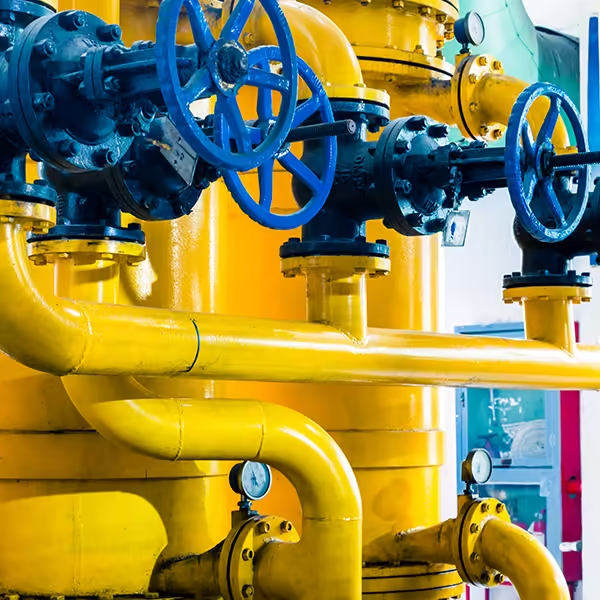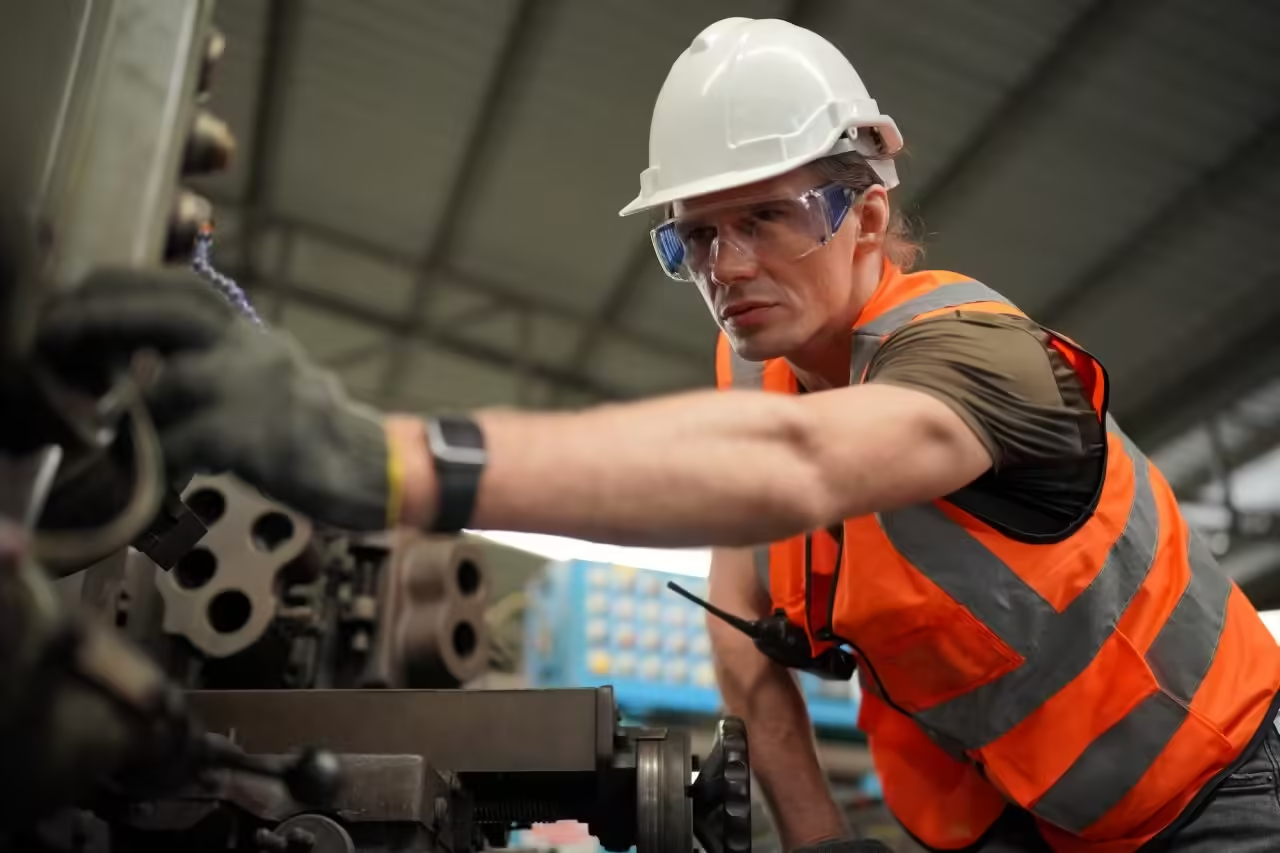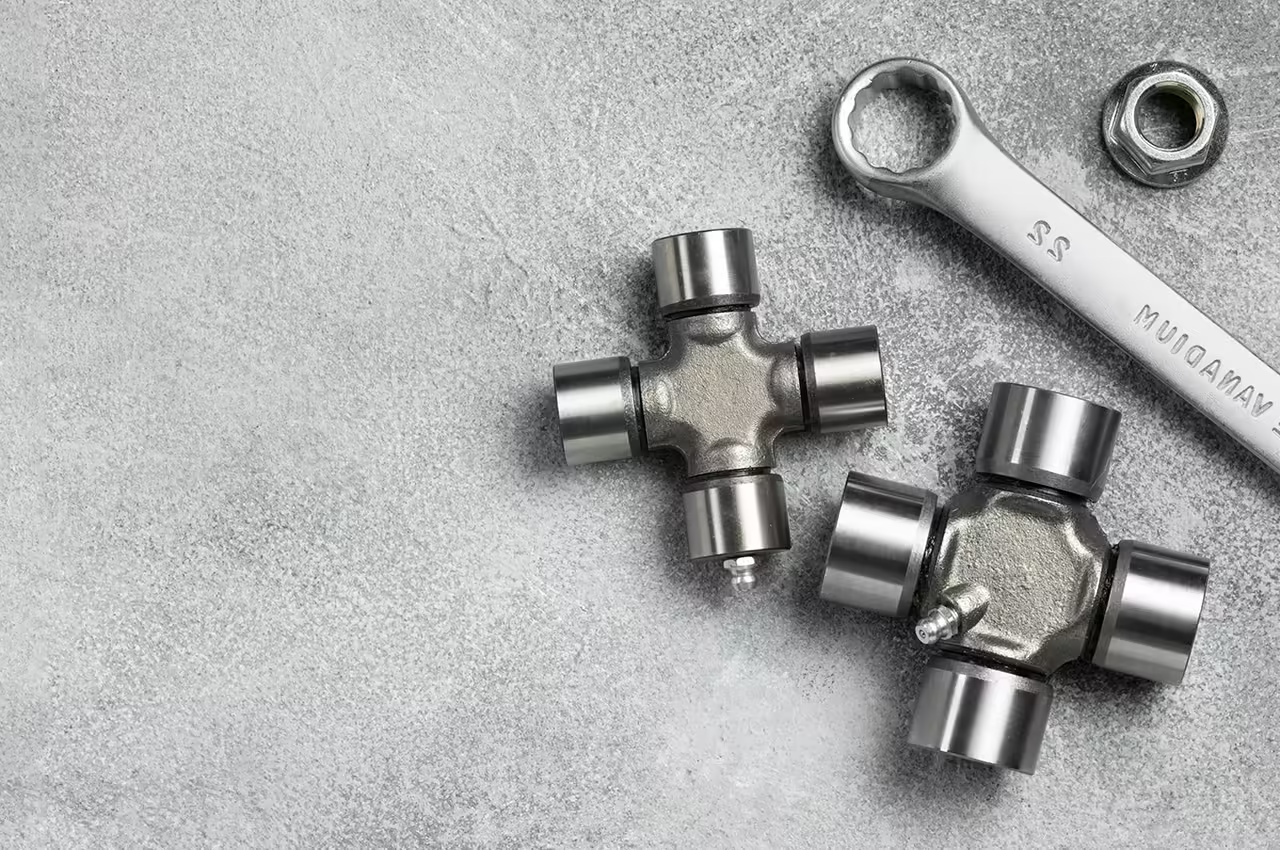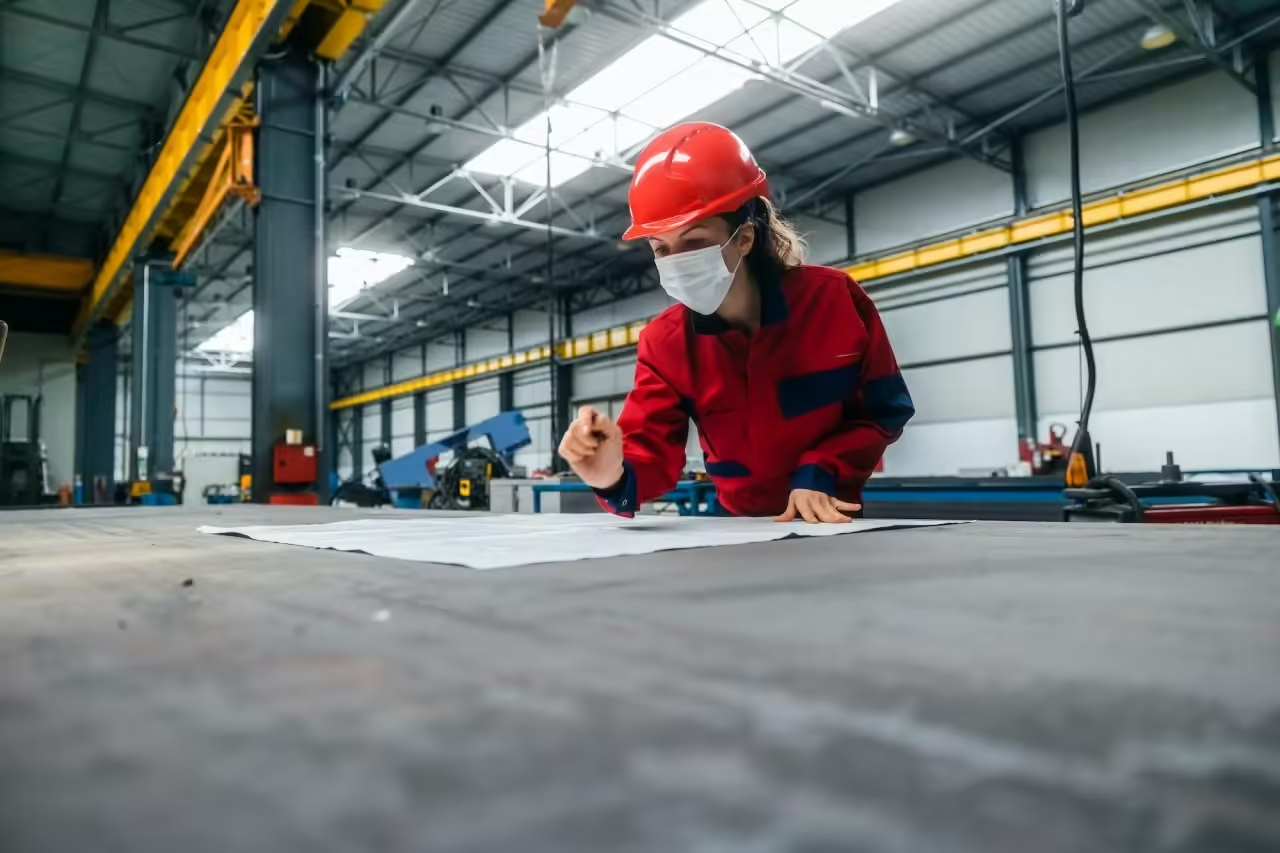Table of Contents
Introduction
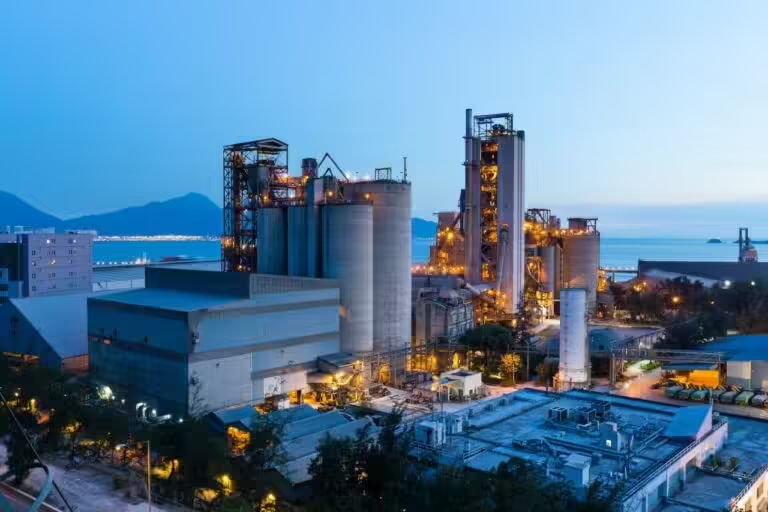
In today’s competitive industrial landscape, choosing reliable hydraulic pipe fittings suppliers is critical for ensuring system efficiency, durability, and safety. Hydraulic systems operate under high pressure and demanding conditions, making the quality of pipe fittings an essential factor. Selecting the right suppliers not only impacts the performance of your equipment but also affects maintenance costs and operational uptime.
Hydraulic pipe fittings suppliers serve as the backbone of hydraulic transmission systems, providing components that connect pipes and hoses while maintaining fluid integrity. This blog will guide you through five essential rules for choosing the best hydraulic pipe fittings suppliers, helping you make informed decisions for your business needs.
Rule 1: Evaluate the Quality Standards of Hydraulic Pipe Fittings Suppliers
The first rule in selecting hydraulic pipe fittings suppliers is to rigorously evaluate their quality standards. High-quality fittings ensure reliability and safety in hydraulic systems, especially when operating under extreme conditions such as high pressure, temperature fluctuations, or corrosive environments.
Look for suppliers who:
- Use premium raw materials that meet or exceed international standards.
- Implement comprehensive quality management systems such as ISO9001 certification.
- Conduct strict testing of products, including pressure tests, leak tests, and dimensional accuracy verification.
- Offer both standard and customized fittings to meet diverse system requirements.
Quality control throughout the manufacturing process reflects the supplier’s commitment to durability and performance. Avoid suppliers who cannot provide traceability and quality assurance documentation.
Rule 2: Assess Product Range and Customization Capabilities
Hydraulic pipe fittings suppliers with a broad product range and customization capabilities provide flexibility and convenience. Different hydraulic systems require different types of fittings, including elbows, tees, adapters, couplings, and specialized non-standard joints.
Key factors include:
- Availability of standard fittings according to global specifications.
- Ability to produce non-standard fittings tailored to unique applications.
- Variety in materials such as steel, stainless steel, and rubber for specialized environments.
- Support for custom sizes and configurations without compromising lead times.
Selecting suppliers that can tailor products to your exact needs avoids costly retrofits and ensures optimal system compatibility.
Rule 3: Verify Supplier’s Technological Expertise and Innovation
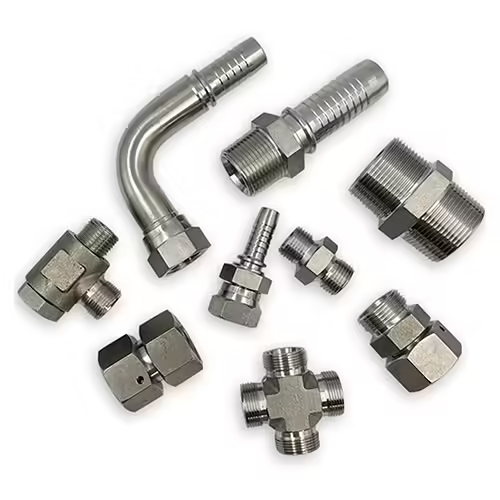
Hydraulic technology is rapidly advancing with the integration of intelligent control systems, high-precision components, and energy-saving technologies. Choosing suppliers who invest in research and development is crucial for long-term partnership and system evolution.
Indicators of technological leadership among hydraulic pipe fittings suppliers include:
- Ownership of independent intellectual property rights (IPRs).
- Presence of an in-house R&D center focused on hydraulic innovation.
- Use of advanced production lines and automated testing equipment.
- Commitment to eco-friendly manufacturing and sustainable materials.
Such suppliers are better equipped to offer cutting-edge products that improve efficiency and system lifespan.
Mid-Article Table: Comparison of Key Features Among Top Hydraulic Pipe Fittings Suppliers
| Feature | Supplier A | Supplier B | Hebei Minglai Pipe Fitting Co., Ltd. |
|---|---|---|---|
| ISO9001 Certified | Yes | Yes | Yes |
| Standard & Non-Standard Fittings | Limited | Extensive | Extensive |
| R&D Investment (%) | 10% | 15% | Over 30% |
| Automated Production Lines | Partial | Yes | Fully Equipped |
| Global Distribution Hubs | Asia Only | Asia & Europe | Asia, Europe & North America |
| Environmental Initiatives | Minimal | Moderate | Advanced (Energy Recovery & Recycling) |
| Customization Capabilities | Moderate | High | High |
This table highlights how Hebei Minglai Pipe Fitting Co., Ltd. stands out among hydraulic pipe fittings suppliers with its extensive R&D focus, global reach, and commitment to green manufacturing.
Rule 4: Consider Supply Chain Reliability and Customer Service
Another critical rule for choosing hydraulic pipe fittings suppliers is assessing their supply chain reliability and customer service. Delays in delivery or poor communication can cause significant project setbacks.
Look for suppliers who:
- Maintain strong relationships with top-tier global raw material providers.
- Operate dual-sourcing strategies to prevent supply disruptions.
- Have regional distribution centers for faster delivery.
- Provide responsive customer support including technical advice and after-sales service.
A dependable supply chain paired with excellent customer service guarantees smooth procurement and long-term cooperation.
Rule 5: Analyze Price vs. Value Offered by Hydraulic Pipe Fittings Suppliers
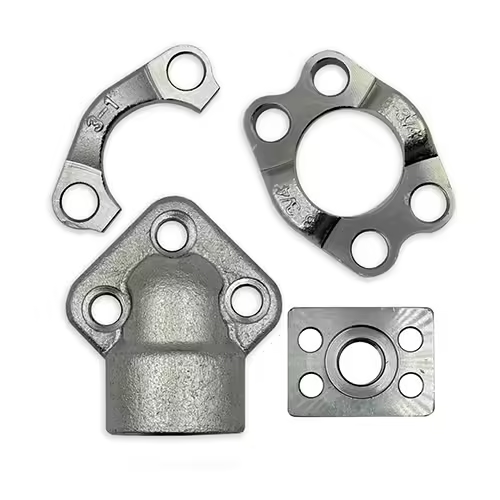
While cost is always a consideration, the cheapest hydraulic pipe fittings suppliers may not offer the best value. Focus on a balanced evaluation of price against quality, service, and technological advantages.
When analyzing price vs. value, consider:
- Total cost of ownership including durability and maintenance.
- Product warranties and guarantees.
- Availability of technical support and customization.
- Supplier’s reputation and customer testimonials.
Investing in quality fittings from reputable suppliers like Hebei Minglai Pipe Fitting Co., Ltd. ultimately saves money by reducing downtime and replacement frequency.
About Hebei Minglai Pipe Fitting Co., Ltd.: Your Trusted Hydraulic Pipe Fittings Suppliers
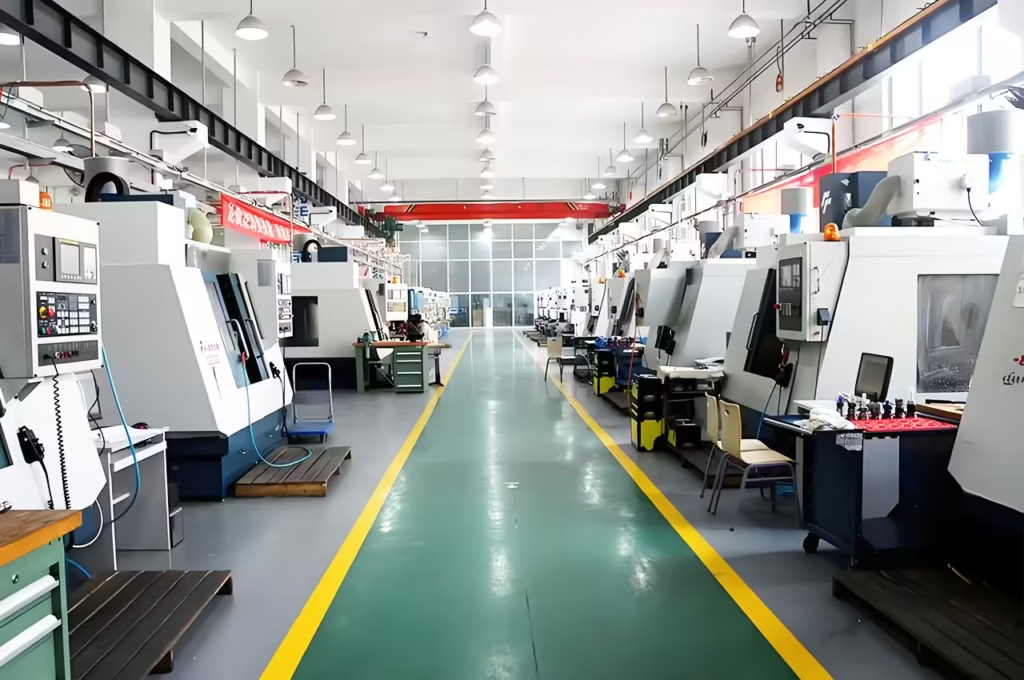
Hebei Minglai Pipe Fitting Co., Ltd. is a professional manufacturer specializing in standard and non-standard hydraulic joints and rubber products. Committed to using the best materials and strict quality management systems, we ensure customer satisfaction with every product.
Our workshop focuses on delivering efficient, energy-saving, and reliable hydraulic transmission and control solutions to the global industrial market. With over 30% of our team dedicated to high-precision hydraulic components and intelligent control system innovation, we maintain a strong technological edge.
Certified by ISO9001, we control every manufacturing stage using imported materials and advanced automated production lines. Our global distribution hubs in Asia, Europe, and North America enable rapid delivery and responsive service.
We uphold green manufacturing principles, implementing energy recovery and recycling systems to reduce environmental impact.
If you are looking for reliable and innovative hydraulic pipe fittings suppliers, contact Hebei Minglai Pipe Fitting Co., Ltd. today to discuss your specific requirements and how we can help drive your projects forward.
Conclusion
Choosing hydraulic pipe fittings suppliers is a vital decision that impacts the performance and longevity of your hydraulic systems. By following these five essential rules—evaluating quality standards, product range, technological expertise, supply chain reliability, and price vs. value—you can secure a trustworthy partner for your hydraulic needs.
Hebei Minglai Pipe Fitting Co., Ltd. embodies these principles with a strong focus on quality, innovation, and customer satisfaction. We invite you to connect with us to explore how our hydraulic fittings can optimize your industrial applications.
FAQ
Q1: What certifications should I look for in hydraulic pipe fittings suppliers?
Look for ISO9001 certification as a minimum, which ensures the supplier has a comprehensive quality management system.
Q2: Can hydraulic pipe fittings suppliers provide customized solutions?
Yes, many suppliers including Hebei Minglai offer both standard and non-standard fittings tailored to your specifications.
Q3: How important is supplier R&D investment in choosing hydraulic pipe fittings suppliers?
High R&D investment indicates a supplier’s commitment to innovation, quality improvements, and sustainable practices.
Q4: What are the benefits of choosing suppliers with global distribution hubs?
Global hubs reduce delivery times, improve supply chain resilience, and provide better customer service locally.
Q5: How can I ensure the fittings meet performance standards under extreme conditions?
Choose suppliers who use imported premium materials, conduct rigorous testing, and comply with international performance standards.

